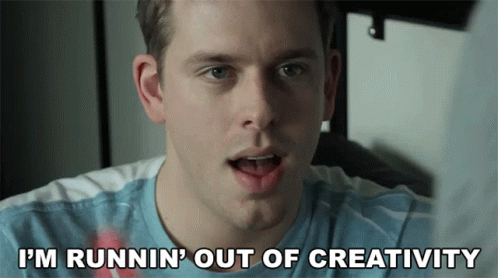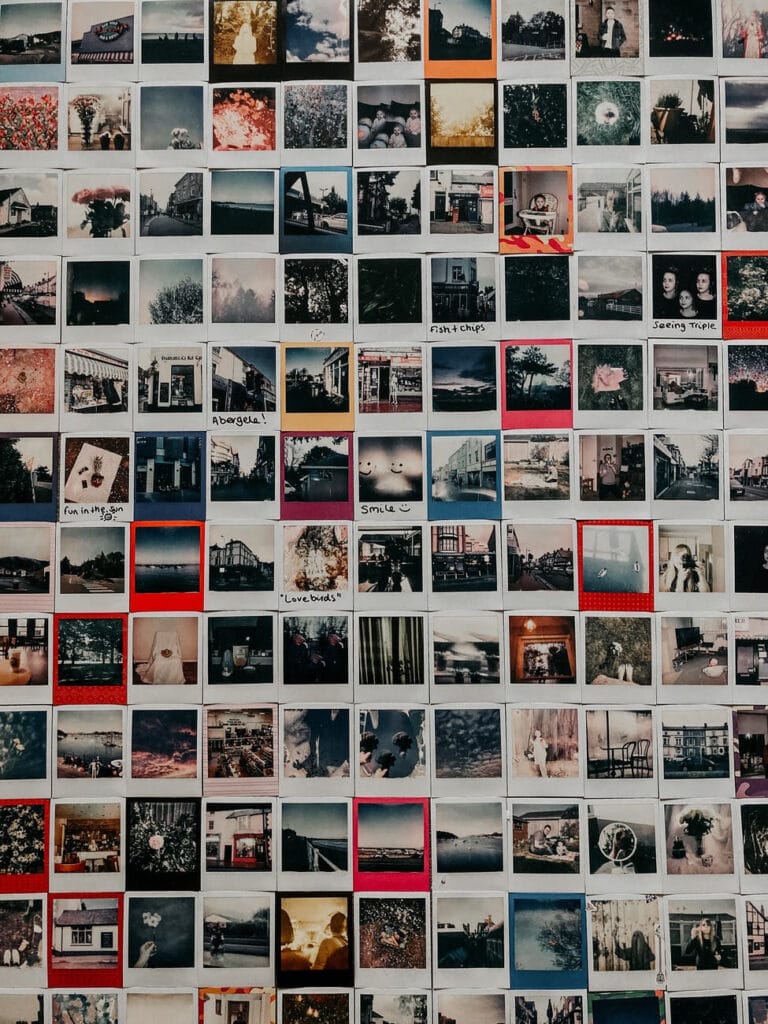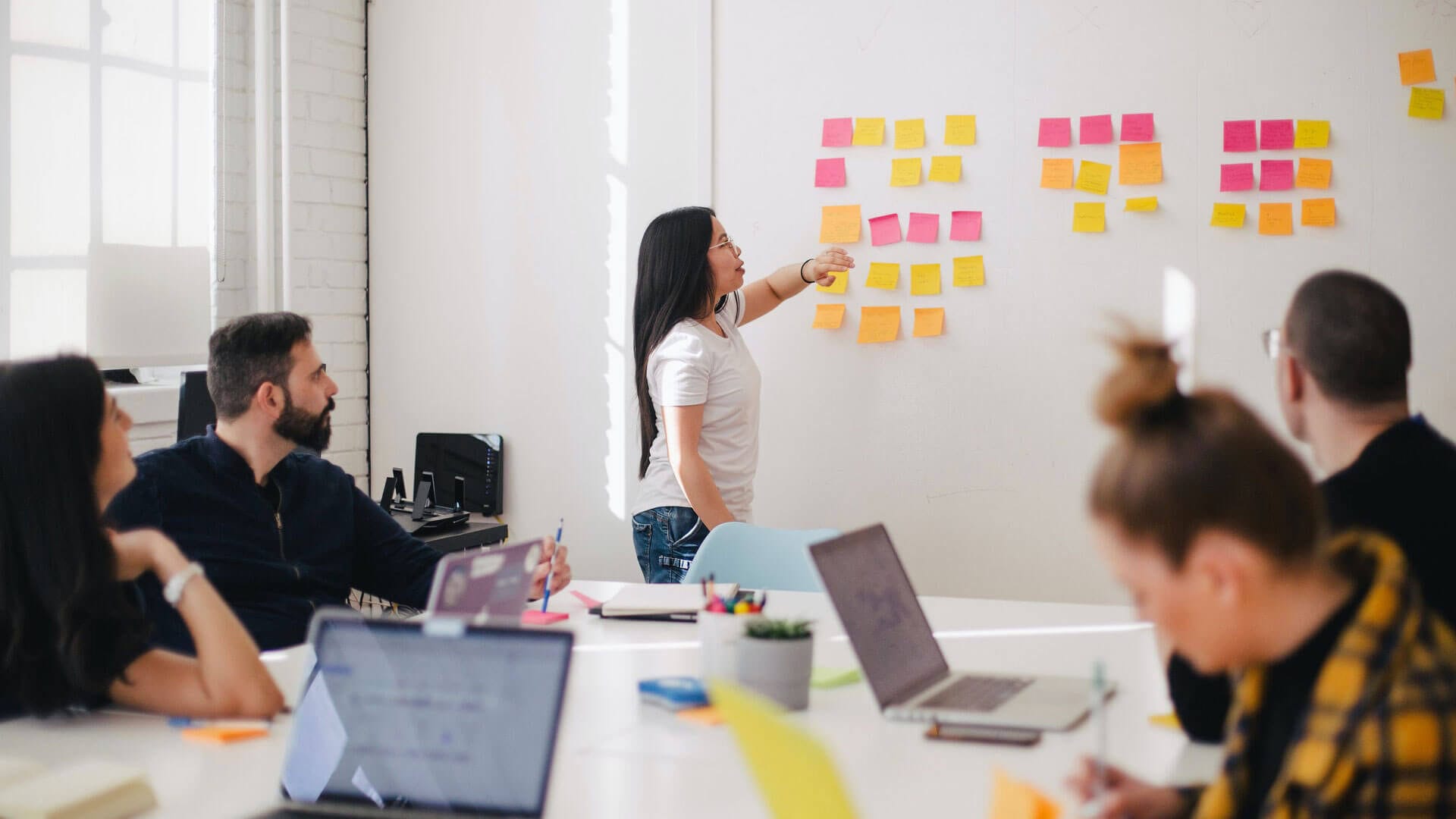There are two main types of creativity. We can see how creative ingenuity helps us…
How creativity in the workplace isn’t always appreciated or encouraged to spark, and what we can do about changing it.
“You can’t just turn on creativity like a faucet. You have to be in the right mood. What is that mood? Last-minute panic”BILL WATERSON
This famous quote aptly shows the stubbornness of our inner genius. It isn’t always so easy to switch it on.
When at work, that can be an even bigger hurdle. This article outlines why firing up creativity in the workplace isn’t always so easy, but also suggests what we can do to help our creativity flow faster.
Why Creative Minds Have Long Suffered In Work Environments
For those who are in very systematic (logically-led) jobs, it is possible to go to work and get on with the tasks at hand, then leave them at work once they return to their home.
How about when creativity is needed, or a different look or a fresh perspective is required?
That can be hard to do when we are in a fixed routine and way of thinking, especially as creative jobs and tasks require a different way of thinking.

So often people are expected to be creative in the same way they would be expected to be logical – to just turn up and turn it on, get the task done, and move on.
This is because logic is at the heart of how we go about most of our day.
It’s where we set routines, schedules, and structures. It is important to us to ensure we are consistent and productive, but it’s also a complete creative block for the times we need creativity to come up with more originals solutions (and the need for creative solutions is only going to grow).
Those in creative industries will tell you how they can often feel stifled when they are expected to play by the same rules as most jobs which require a more logical process.
Those who have wonderful vision can see it fall away as they are red-taped to simply ‘turn on creativity’ when directed to, like an entertainer.
Part of the issue is though often in leadership roles don’t have the slightest clue in how the creative process works themselves, leading to the wrong tools and environment being created for solutions to blossom.
However, things have been changing in the past decade or so. Design is very much part of business today.
The likes of Apple have long highlighted the importance of visual communication and aesthetic interaction, and the general marketplace has been slowly catching up.
We have seen the terms user experience and design thinking become more and more mainstream, and now most SME companies have a place for a design thinker or equivalent in their ranks.
Yet, even with this apparent fresh open-arms approach to the importance of design in business today, there’s still a fundamental lack of understanding in both how important a creative mind is to an industry and how to allow that mind to blossom and synergize with others in the workplace.
The Creative Process Is Still Misunderstood In Work
When you expect your employee to sit around and just ‘do-what-you-do-best’ and create a solution at the drop of a hat, or to expect to run a brainstorming session and have all the solutions sorted by the end of it, it’s pretty naive expectations.

When you think of a typical day in a typical working environment it follows a tasked-based structure. We set out lists of logical steps to follow.
It doesn’t matter if the task is logical or creative, the same approach applies.
Even brainstorming sessions to fuel ideas are pigeon-holed and controlled to the point why it sucks out creative vision rather than encourages it.
The ‘you must have the solution by the time the session ends’ mentality brings along a structure that just doesn’t invite creativity to play in a natural way.
The daft thing about this approach is that all it does is wire your logical side even more. The more we ‘think’ we have to be creative (with logical steps and order) the less we see our actual creativity is free to flow.
Why Creativity In The Workplace Is Controlled Time And Time Again?
It’s simple really, and it’s a double-edged sword for creativity.

Firstly, a company wouldn’t just allow their employees all the room in the day to come up with ideas, giving them time to get into a natural flow.
Instead, they would have other tasks to get on with too. They would see any other way as being unproductive and ‘slacking off’ (even if it helped lead towards better solutions, and therefore profit margin).
Secondly, we are expected to behave a certain way in work. We are programmed to be ‘professional’, which is another way of saying we need to act ‘right’, to adhere to our job title and roles, and specifically, order.
Think of it this way.
You wouldn’t go into work with an imaginary friend at your side (whose aim is to help fuel your creativity). You’d just be seen as weird for talking to yourself.
We often wear a figurative mask at work, putting on our professional demeanor and keeping fun or quirkiness for our own time.
In other words, logic rules the roost.
It’s no wonder we have our most creative inspiration when we go about our personal lives, or when we suddenly land on a problem our mind (without work restriction) is able to see a way to fix it.
So, it seems we have a bit of a conundrum to fix where we need to allow creative freedom within the confines of our work environment’s professional requirements.
5 Ways We Can Fire Up Creativity In The Workplace
So, what can we do?
1) Accept That Creativity Has An Important Role

Like with most things, we need to shift our mentality first for anything to be able to change.
We need to encourage creativity to be accepted in work.
At first it might seem ‘unprofessional’ of us to allow creativity to ‘play’ at work. That’s just our logic talking.
Yet, it is how children play every day, and they come up with solutions in all sorts of creative ways.
If a business operated in the same fun-flowing way as children do then we would all likely see more value in it too.
We wouldn’t come up with the same fun but impractical solutions as children either, as some workplaces automatically assume is what happens when people are creative.
We would have a more practical focus on the application of our creativity.
When we accept creativity is an important part of how a business should operate we begin to see the big impact it can have on our ability to solve problems better.
Again, this doesn’t always happen though because our logic takes center-stage at work a lot of the time.
At work, we end up subconsciously judging and feel judged. We worry about saying something out of our job role and be at risk of losing our job. We are programmed to turn and just do our job.
When we work for employers who have this structured hierarchy we end up seeing businesses run on stale or old ideas.
They end up having no fresh ideas brought to the table, as their employees don’t feel part of the process of moving the business forward. They aren’t encouraged to contribute or to create.
It may seem safer to avoid the unknown, or avoid the potential energy-sapping creating something new creates (instead of the energy producing synergy that creating together can create when done right), but it is these businesses who end up being left behind in the end.
When businesses see that creativity isn’t a crutch on a business’s time, but a catalyst towards solving big or novel problems, then they can start to embrace it.
They should do too, as we rely on our creative visualization to solve big or novel problems, not on our structured logic.
Therefore, we need better ways of allowing it to fire electrical connections rather than stifle them.
Thankfully, we are starting to see this more and more in workplaces coming of age, with ideas such as spontaneous days off work that help workers fuel creativity from de-stressing, but they will only be effective if these following tactics are also put into play.
2) Encourage Creative Exploration & Emotional Response

Creativity requires emotions. It’s heavily linked to both the memory and imagination areas of our brain. You think of a childhood memory and you are presented with a visual representation of it along with a feeling of that time.
There are a few emotion-activating creative techniques, such as the memory palace technique and memory nostalgia technique, that help promote fresh ideas, as when we focus on an emotional connection our brain visualizes it easier.
Let’s face it, you don’t remember countless days at work when you are old and looking back on your life, you remember emotional connections and experiences you had with other people.
Sometimes you remember the strangest, non-striking memories, and wonder why.
It is likely because an emotional trigger triggered it. This is true when you hear and song and remember a time in the past.
Finding ways to provoke emotional responses can help creativity, as can simple synergy building practices such as giving praise for effort instead of reprimands for failures.
When you encourage ideas to flow, rather than call them silly for suggesting them, then people are much more likely to explore solutions further.
You can be honest and open with your colleagues or employees – it builds a trusting environment. Even if a suggestion wasn’t on point, being honest, but acknowledging of their effort, will encourage them to fire up more ideas closer to the target.
3) Create A Flexible Environment
“We have our most creative inspiration when we go about our personal lives”RICHLY WILLS
Who says you have to stick to the same 4 walls to get things done?
While there certainly are some jobs that require a set working environment, there’s also plenty of jobs that don’t need you to be at a computer screen to think of a creative solution.
You don’t come up with new ideas when you just repeat the same tasks, in the same way, each time.
If you can afford the flexibility in escaping your 4-walls then do so. You, your colleagues, and your employees will thank you for it when you return with a fresh perspectives, as you are all rewarded with richer ideas that help your team collectively move forward.
If you can’t get away from your computer then at least seek out different stimuli online around a subject, or find a way to look at your routine environment differently.
Being able to work remotely or in different locations is ideal, and for employers reading, this will also make your employees feel encouraged to explore their creativity more. The workplace creative outlook will naturally lift too.
“Imagination is sparked by stimulus”RICHLY WILLS
Of course, you have to ensure your workforce are being productive out of the office but studies suggest people can work more efficiently when allowed the responsibility to do so, rather than being handcuffed to a desk.
[mepr-show rules=”10438″ unauth=”message”]
4) Accept Different Perspectives & Team Diversity

When we accept that there are different ways to look at a problem, a fresh perspective on something can sometimes be the lift a tiresome project needed.
It’s not just about lifting a project or brief though, it’s largely about lifting your employees or colleagues. Listening and emphasizing with them. They aren’t employees to be in a straight-jacket role programmed only for targets, they are a part of a collective unit to help bring about and iterate solutions and progress together.
People must feel the need to change the environment, they must be a part of it.
If it feel like a meaningless task then it will be. If it feels like an opportunity to get something more out of yourself and to make a difference then it will generate so much more inspiration and energy.
This is true of life so why not work too?!
Inclusion is important too.
Just because one employee might have a more ‘logical’ job role, such as an accountant, doesn’t mean they can’t be encouraged to come up with creative ideas for the business (just not in creative accountancy ;).
Teamwork brings about ideas through the synergy of hearing each other out.
Although, having the same teamwork on the same issues all the time also becomes stale. Mixing up teams to get alternative and fresh perspectives can certainly help, but so can ensuring you recognize when a team gels and works well together. Recognize when the juice is flowing, rather than changing for change’s sake.
5) Trick Creativity Into Action
“Last-minute panic”BILL WATERSON
It might be that a business wants to solve problems creatively, but just don’t know how.
If this is the case then it comes down to more measured techniques such as our own 5-step creative process for group brainstorming to help businesses combat creative blocks and create better in the workplace together.
We can also try to understand how our creativity thrives under certain pressure (not under paralyzed stress or a stifled environment), so we should learn how to ‘trick’ creativity into action at work.
All too often we actually seek not to create, not just in work, but in life.
Why is this?
When are minds are in a state of routined comfort zone we tend to switch on autopilot as it conserves more energy. Creativity involves a lot more energy so we often shut it off.
Yet, when it feels like our survival is under threat we create like never before. Our stored energy is lit up and put to work.
Consider a time when you have had a deadline coming up. Did you suddenly find a way to manage all of those seemingly endless tasks? You likely did.
Your brain was working in unison suddenly, both logic and creativity working as buddies to think of a quicker solution and to put it into practice.
Why?
So it can go back into safe mode where energy isn’t used so much.
Only when under threat do we see the real need of using energy to essentially preserve more energy for when the threat is dealt with. It’s why we tend to leave projects until the last minute.

But hold on a second. Creativity has been shown to decrease under stress, not increase.
What’s going on?
Our creativity wakes up solely to solve the problem so we can safely go back into a comfortable slumber. It works for our survival.
A work environment often creates a stress pressure cooker that is time and target-based, which doesn’t allow creativity to function, as logic is at the heart of the decision making, but when it is turned into a creative powerhouse of ‘this needs a fresh solution or bust’ in a creative sense, then our creativity feel like it has a reason to wake up, to aid our survival.
However, if we just stay in the slumber for too long then our creativity shuts off completely (as logic takes over with routine), so we need to ensure we keep it ‘on edge’ with triggers such as ‘time traps’.
When we create a time pressure where we know that a deadline is approaching, but aren’t exactly sure when (but also without a total ‘cloud’ of freedom lost under too much stress), then we find an ideal scenario for triggering our creativity into action in the workplace.
However, this doesn’t work in structured meetings that have set times each day. It works if a sudden creative session that is unplanned.
It forces people to get their creative juices going because it is a creative task, and as long as other creative producing techniques are used (above) then it will likely lead to solutions.
In essence, it should be pushing the right buttons to activate creativity to solve the problem, instead of our logic reacting immediately to it like it’s a ‘cloud’ stress to avoid.
[/mepr-show]
Richly takes these 5 concepts further to help individuals and teams build their creativity in work and life through a step-by-step training program ‘Get Out The Box’.









